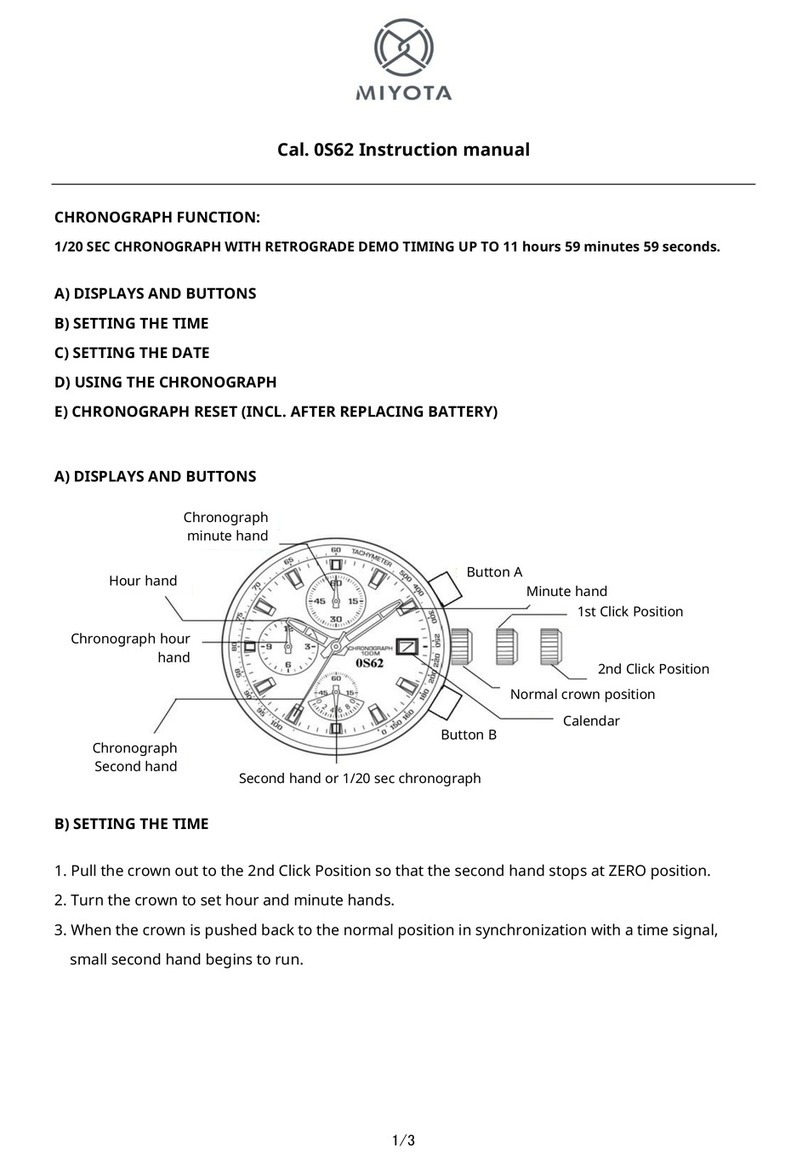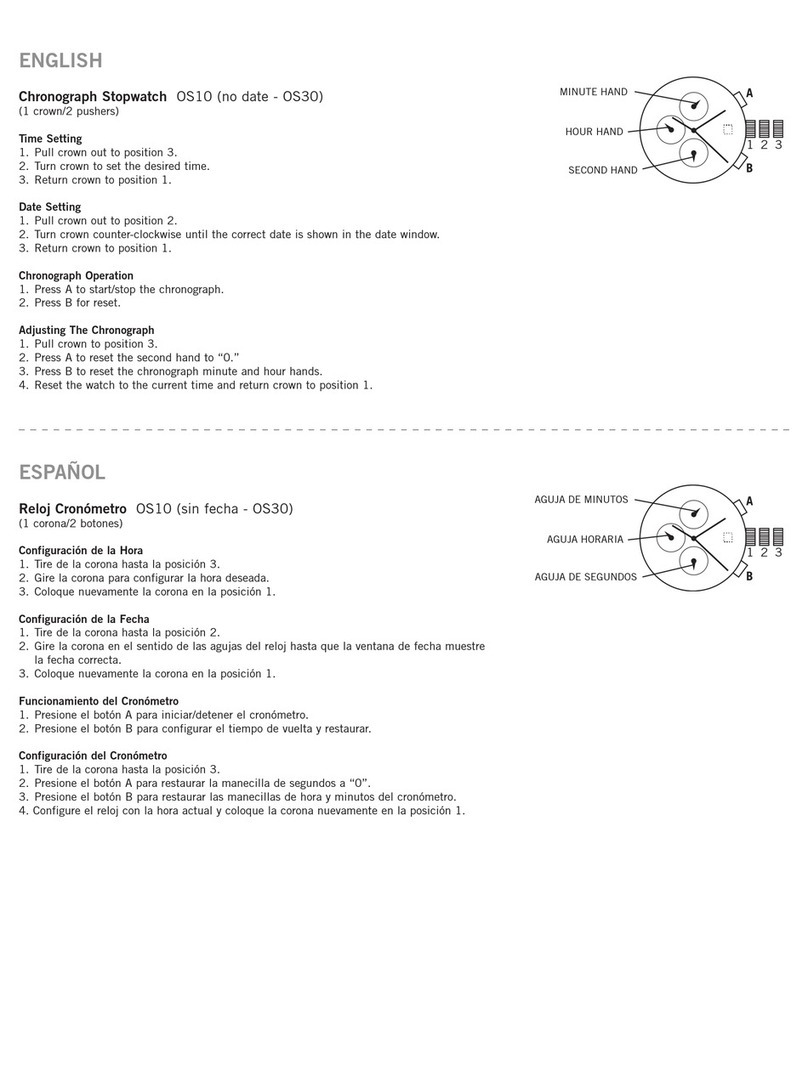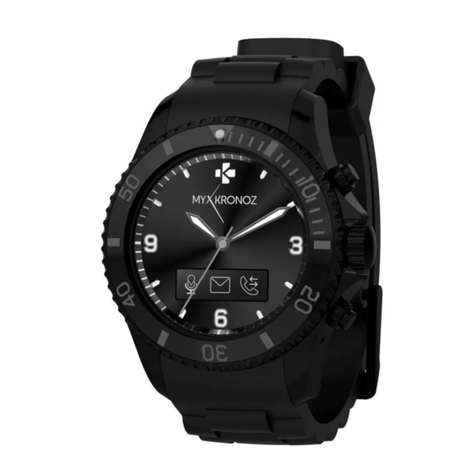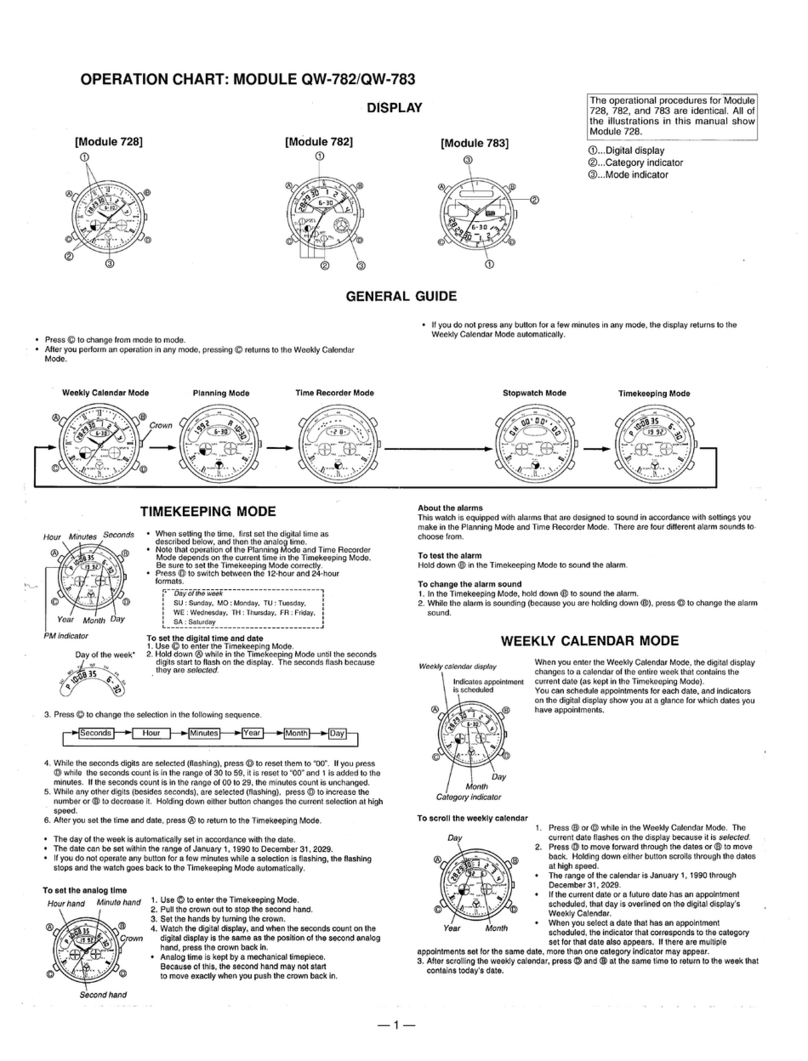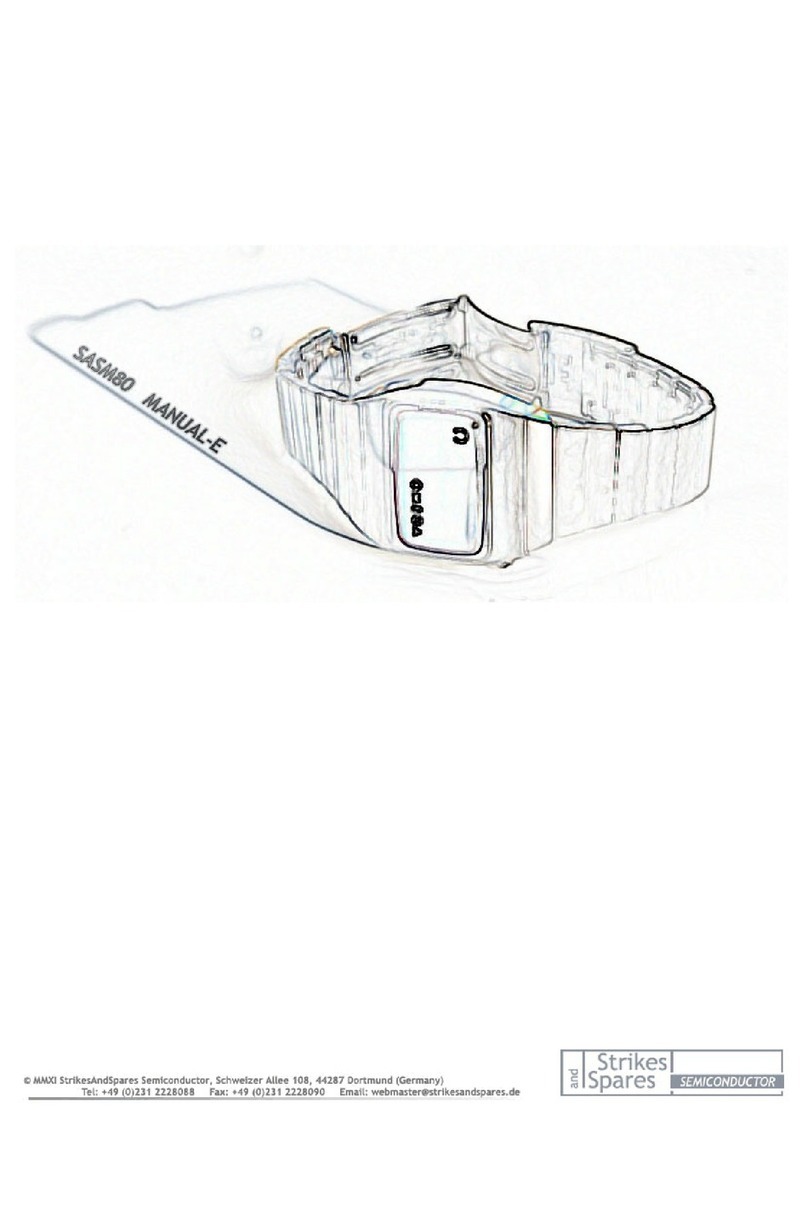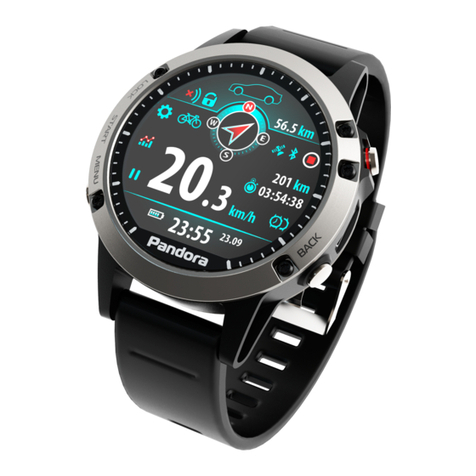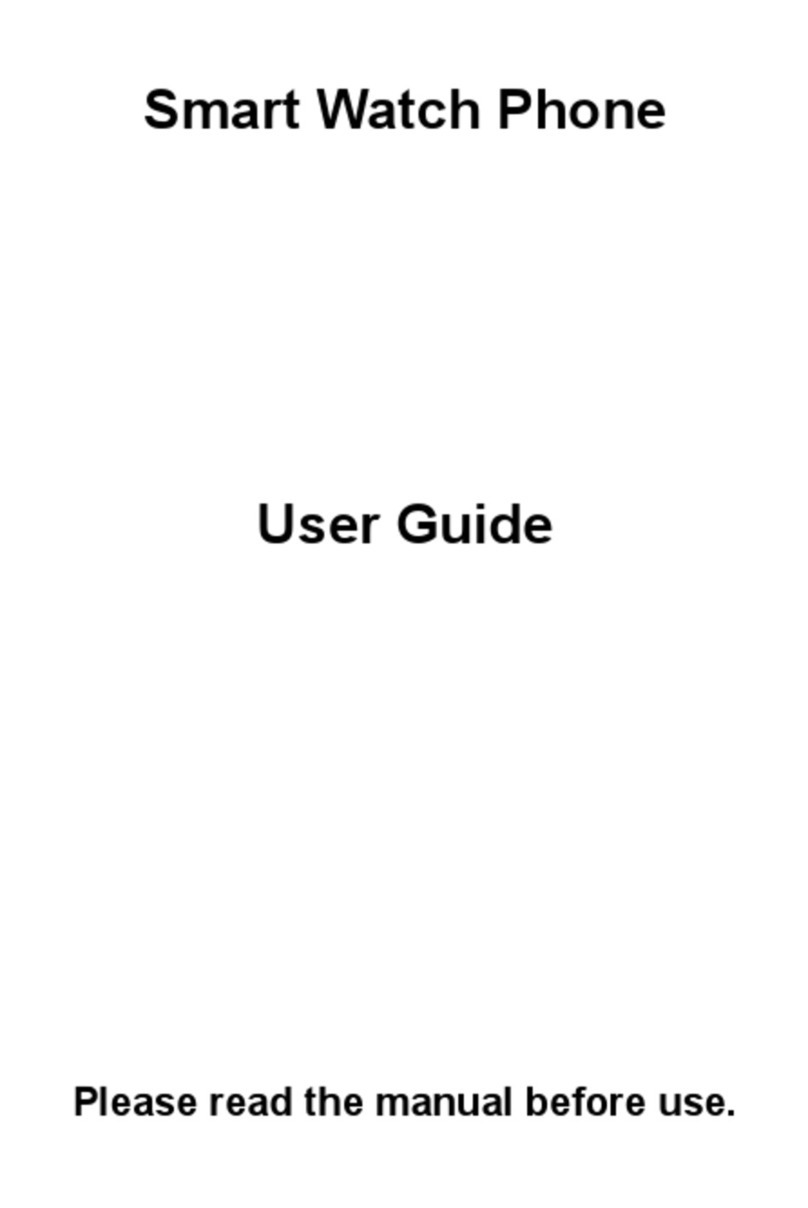Citizen B51 User manual
Other Citizen Watch manuals
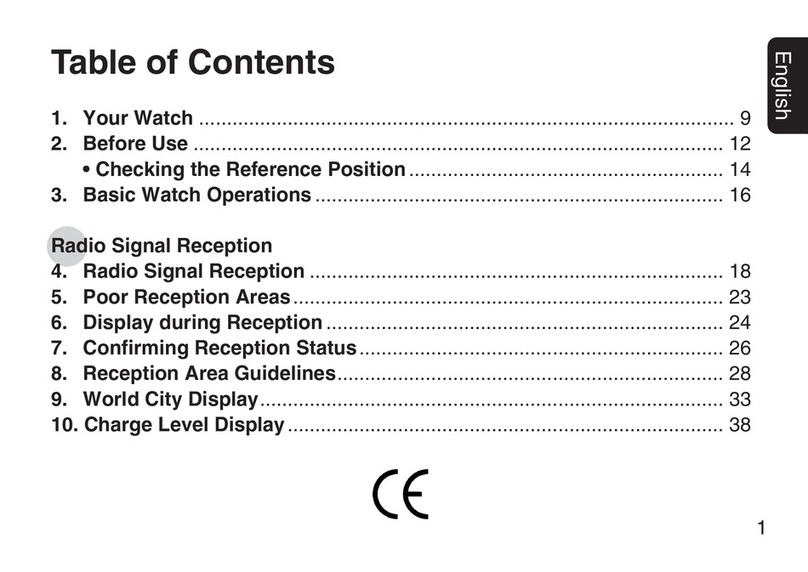
Citizen
Citizen U60 User manual

Citizen
Citizen Eco-Drive CC3067-11L User manual
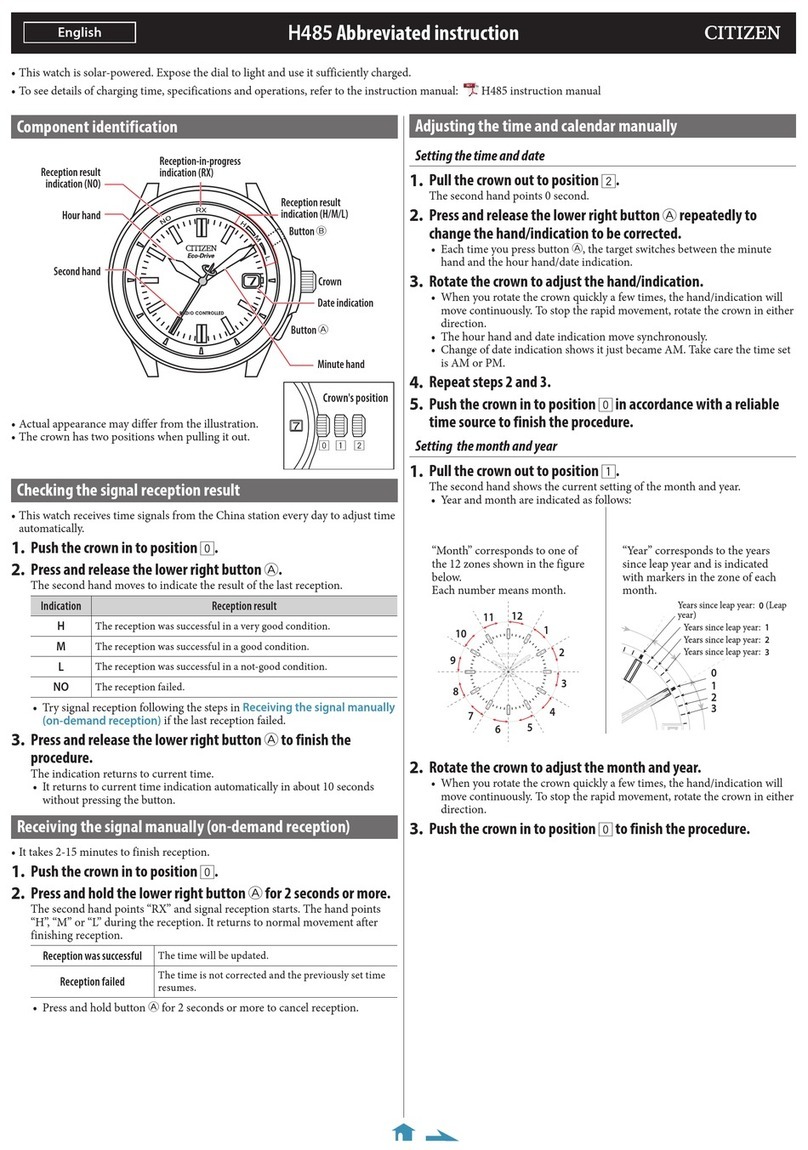
Citizen
Citizen H485 User manual
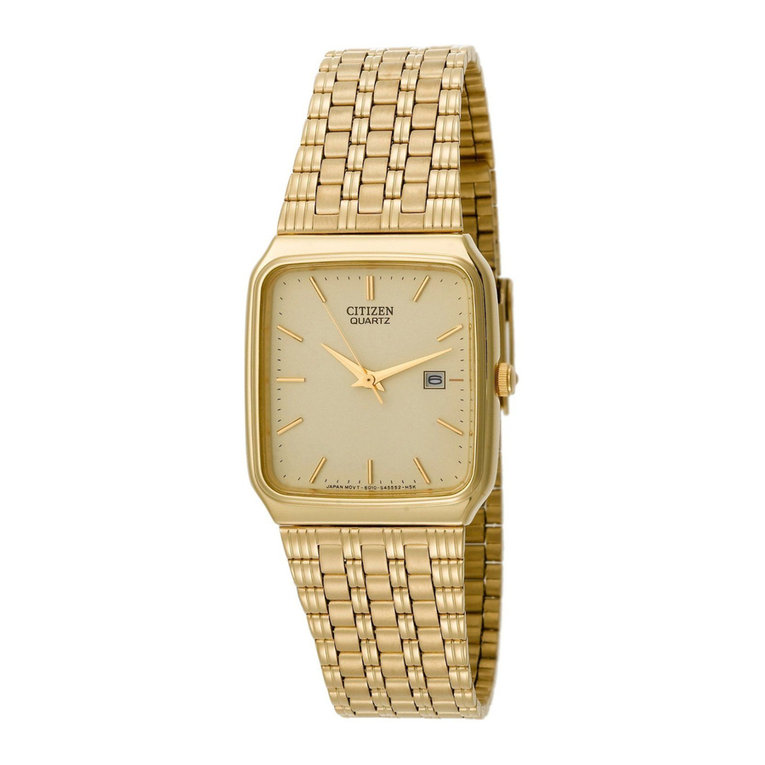
Citizen
Citizen AD2992-59P User manual
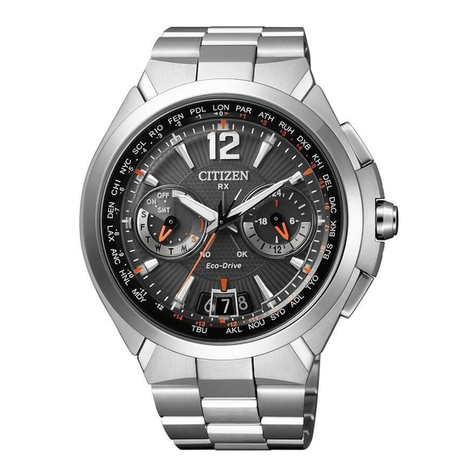
Citizen
Citizen CC1x User manual
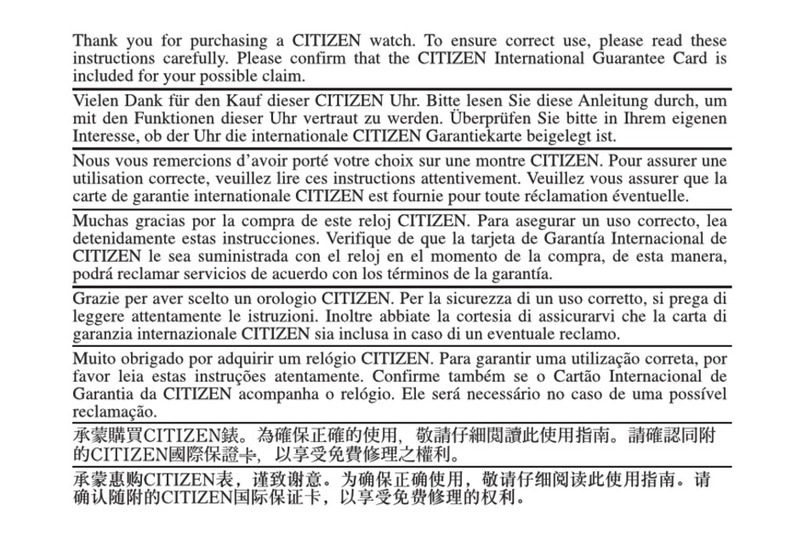
Citizen
Citizen AT1190-87E User manual
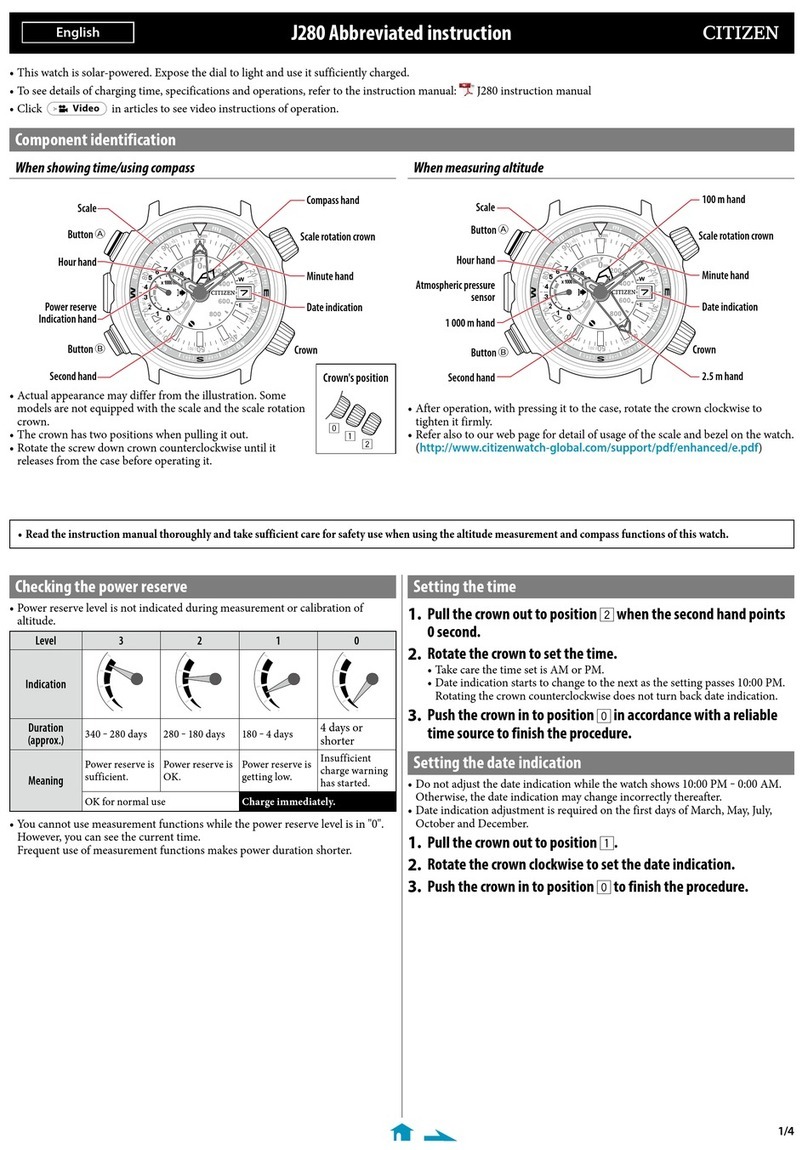
Citizen
Citizen Eco-Drive J280 User manual

Citizen
Citizen E87 User manual

Citizen
Citizen bn4026 User manual

Citizen
Citizen 8203 User manual

Citizen
Citizen 8989 User manual
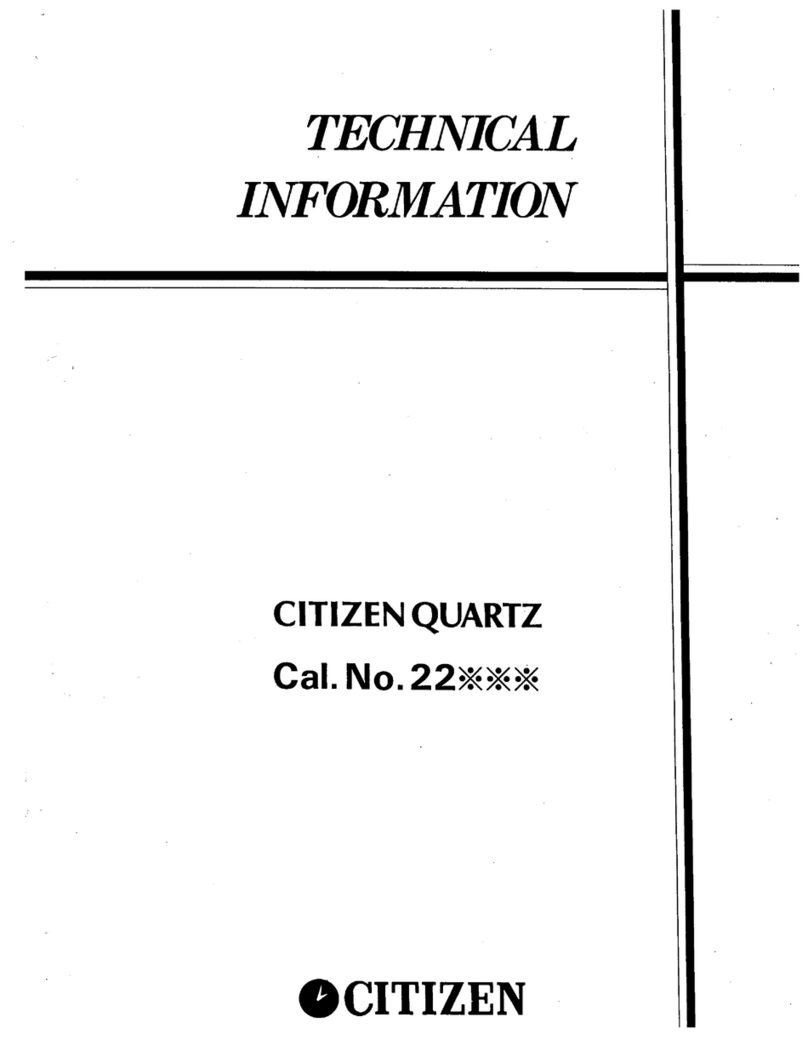
Citizen
Citizen 2200E-06 Manual

Citizen
Citizen ECO-DRIVE J850 User manual
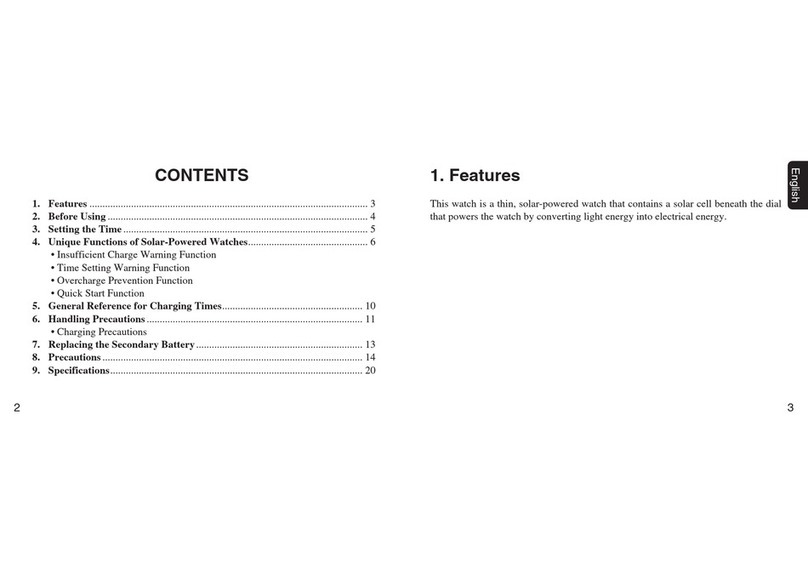
Citizen
Citizen G43 Series User manual
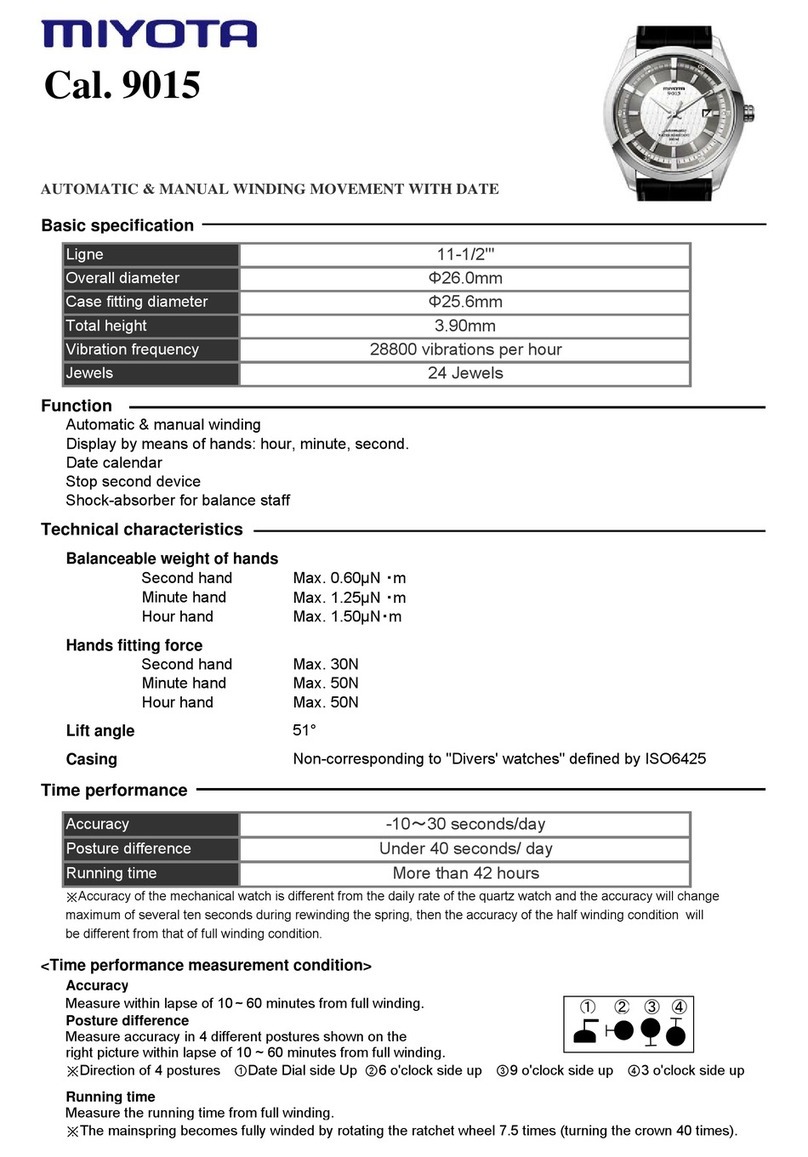
Citizen
Citizen 9015 User manual
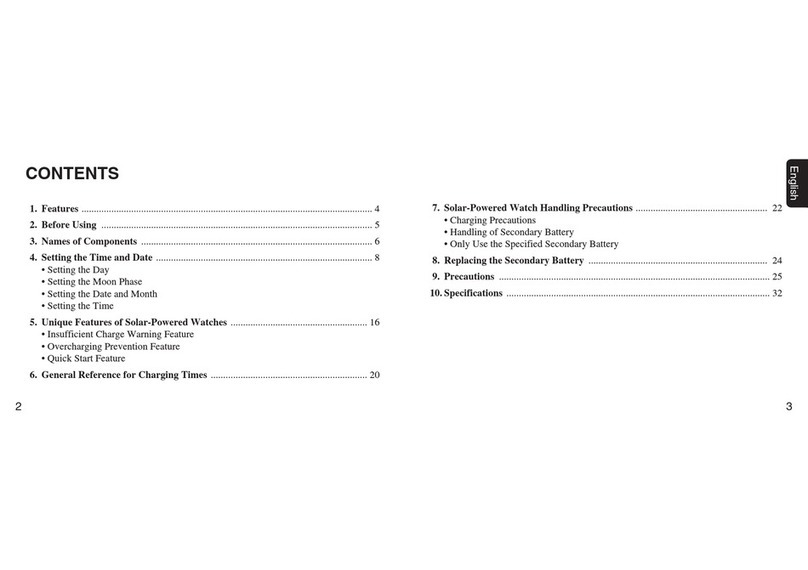
Citizen
Citizen 865 Series User manual

Citizen
Citizen 8N33 User manual
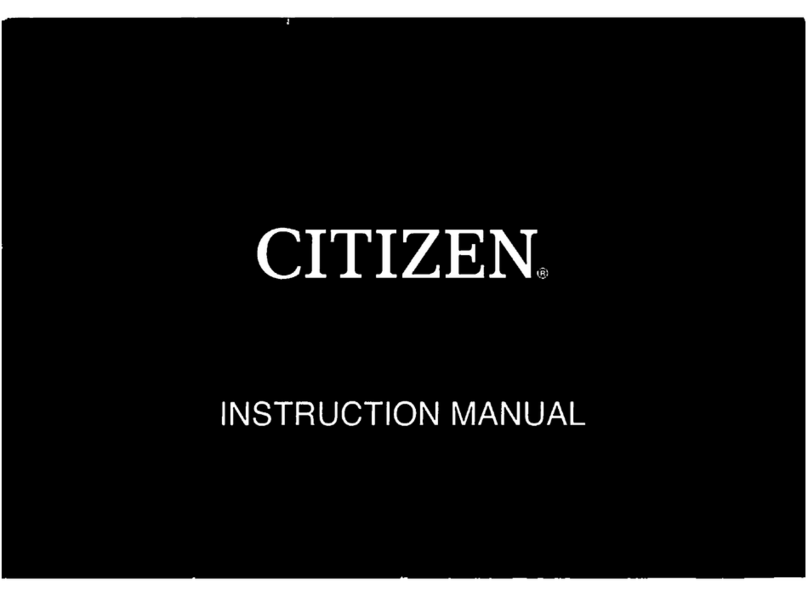
Citizen
Citizen F50 User manual
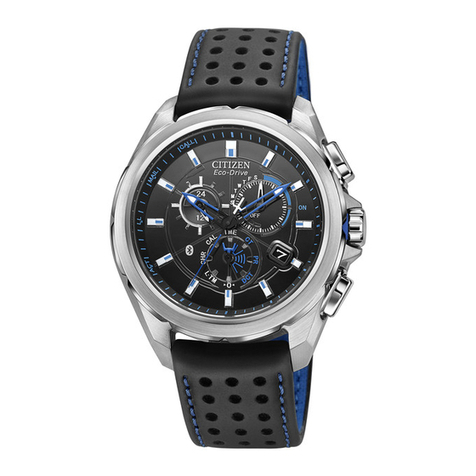
Citizen
Citizen PROXIMITY Installation guide

Citizen
Citizen D130 Manual
Popular Watch manuals by other brands
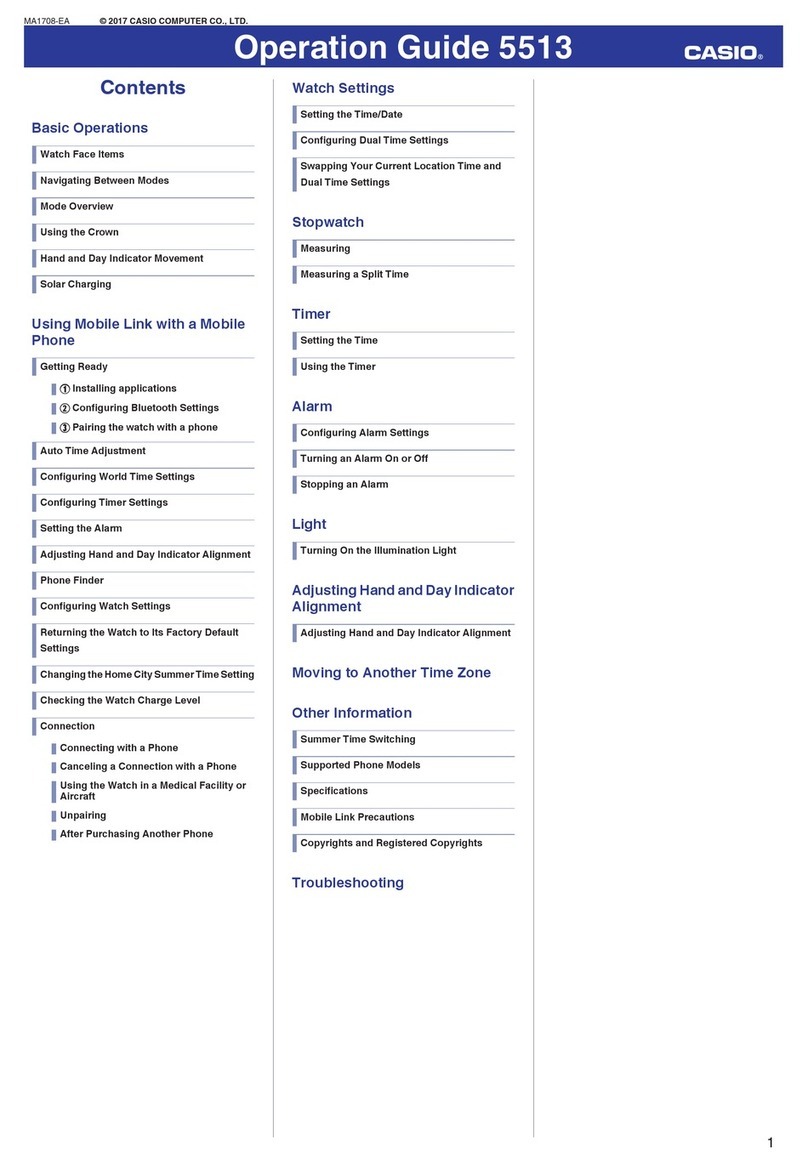
Casio
Casio QW 5513 Operation guide

Piaget
Piaget 560P Instructions for use
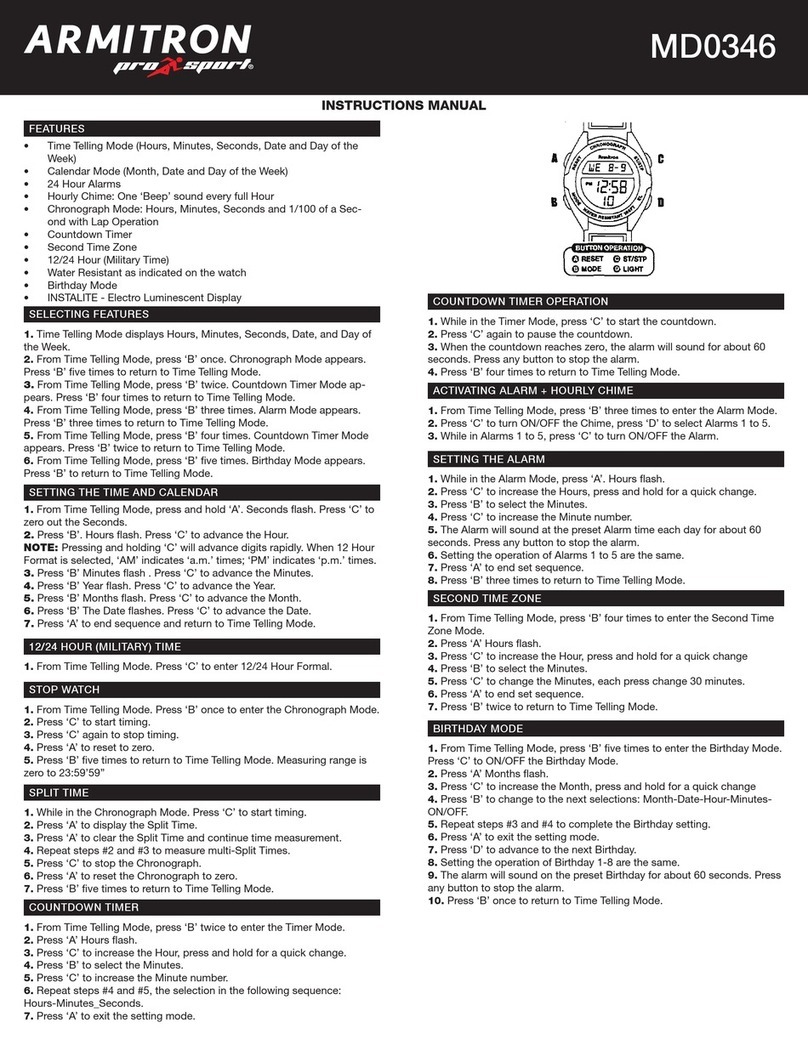
Armitron
Armitron pro sport MD0346 instruction manual

West Marine
West Marine BlackTip 13411293 Instruction Booklet and Care Guide
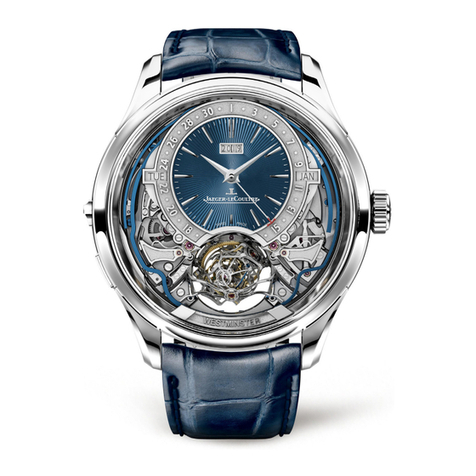
Jaeger-leCoultre
Jaeger-leCoultre HYBRIS MECHANICA CALIBRE 184 manual
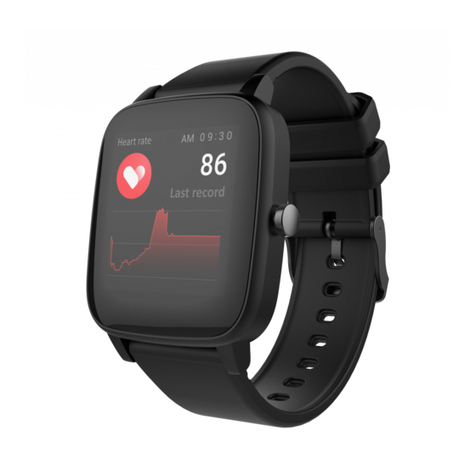
FOREVER
FOREVER iGO PRO JW-200 user manual



